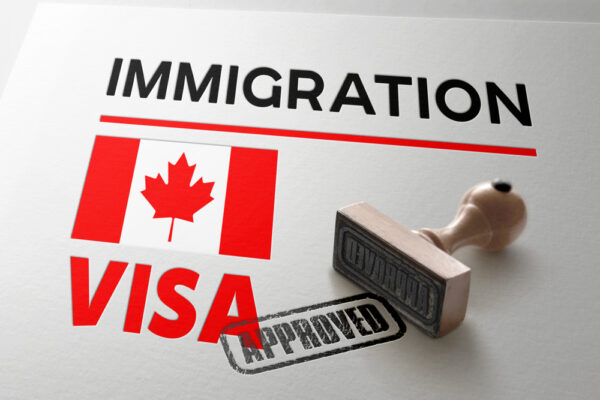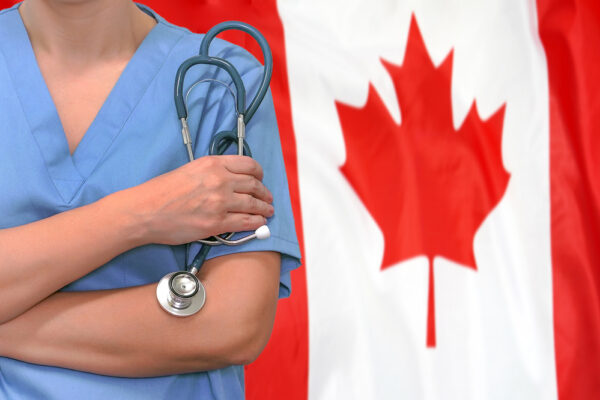Canada has unveiled its 2025-2027 Immigration Levels Plan, signaling a significant shift toward sustainable immigration growth. Moving away from its previous strategy of rapid expansion, the new plan reduces immigration targets while prioritizing the integration of current temporary residents.
Key Changes Reflect a New Focus
The plan outlines a reduction of 105,000 permanent resident admissions in 2025 compared to earlier projections, addressing domestic challenges such as housing shortages among others. Notably, over 40% of permanent resident admissions in 2025 will come from temporary residents already in Canada, reflecting a focus on those who have already established roots in the country.
Economic Immigration Remains Crucial
Despite the reduction in overall immigration, the government remains committed to economic immigration. By 2027, 62% of permanent residents will come from economic class immigrants, with a strong emphasis on healthcare and skilled trades. Family reunification also remains a priority, with 24% of admissions in 2025 dedicated to family-class immigration, allowing Canadians to reunite with their loved ones.
Managing the Temporary Resident Population
A key goal of the plan is to manage Canada’s temporary resident population, which was not previously included in the immigration levels Plan. The country aims to reduce temporary residents to 5% of the total population over three years. The following reductions are as projected below:
- 445,901 in 2025
- 445,662 in 2026
- 463,101 in 2027
Support for Francophone Communities
The plan also strengthens Canada’s commitment to Francophone communities outside Quebec. The government has set progressive targets for Francophone admissions:
- 8.5% in 2025
- 9.5% in 2026
- 10% in 2027
Anticipated Economic and Social Impacts
This measured approach to immigration is expected to yield several benefits, including:
- A reduction in the housing supply gap by 670,000 units by 2027
- Improved housing affordability
- Lower unemployment rates
- Continued strong GDP growth, with accelerated GDP per capita growth from 2025 to 2027
Although the plan anticipates a slight population decline of 0.2% in both 2025 and 2026, population growth is expected to rebound by 2027, signaling a temporary adjustment period rather than a long-term reduction.
Maintaining Humanitarian Commitments
Despite the overall decrease in immigration targets, Canada remains committed to its humanitarian responsibilities. The country will continue to offer protection to vulnerable populations, including human rights defenders, LGBTQI+ refugees, and religious and ethnic minorities.
Looking Ahead
Canada’s new immigration plan represents a recalibrated approach, balancing sustainable population growth with domestic challenges. By focusing on temporary residents and critical sectors, the government aims to address immediate issues while ensuring long-term economic and social stability. This approach will be closely watched by other countries facing similar challenges in managing immigration while maintaining economic growth and social cohesion.
Consult with EV Immigration
If you would like to know how the announced immigration targets affect you, consult with EV Immigration today. We can help you navigate the current landscape and ensure you’re on the right path to Permanent Residency in Canada.



